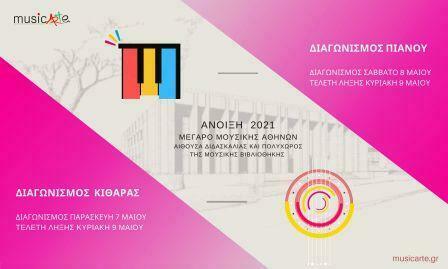Konstantinos Kouskoukis
Professor of Dermatology – Lawyer –
President of Elliniki
Academy of Spa –
President of the Hellenic Health Tourism Association
Email: konkouskoukis@gmail.com
Spa tourism and cardiovascular diseases
Thermal Hydrotherapy in combination with Classical Medicine contributes significantly to
treatment, rehabilitation and prognosis of cardiovascular disease as regular
Exercise in thermal water has a beneficial effect on the factors responsible for the challenge
of atherosclerotic vascular disease. Especially regular exercise in the water causes a reduction of
triglycerides, increased levels of high-density lipoprotein (HDL) cholesterol
and a significant reduction in total cholesterol levels and C-reactor levels
protein.
Immersion of the body in water causes bradycardia, which is part of the so-called
diving reaction and this leads to a decrease in cardiac output while at the same time the
immersion causes an immediate blood shift to the heart and a slower transfusion
fluid from the cells to the intravascular space.
The immersion of the body in thermo-neutral water (34 ° C-35 ° C) for 3-6 hours causes
bradycardia and immediate displacement of blood from the extremities and increase in its volume
intrathoracic blood, which increases cardiac output as well as decreases total
regional resistors.
The therapeutic properties of thermal waters are also attributed to their physicochemical components
that is, in the mineral salts and in the compounds between them, including the radioactive ones
elements, which entering the body help to regenerate the internal endothelium
tunic of vessels.
The absorption of CO2 causes the capillaries of the skin to dilate and fall off.
blood pressure, as the capillaries receive a larger volume of blood which
return to the enlarged heart which is further expelled into the arteries while the number of
tightening during the bath is reduced by 10 – 15 per minute.
Sulfur waters have advantages in the fight against hypertension
atherosclerosis, ischemia, heart failure, intermittent claudication and
acrocyanosis, as well as other inflammatory diseases. Their properties are mainly based
in the existence of sulfur and its compounds with the most basic element, hydrogen sulfide (H2 S) which
is available in low pH and low oxygen conditions while
small amounts of hydrogen sulfide are also produced by the cells during various
biological processes. High concentrations of hydrogen sulfide have toxic effects on humans
organism with the presence of various enzymes is given the opportunity to become non-toxic
through its oxidation to sulfate ions. Hydrogen sulfide participates in the signaling pathways
of cells and sulfhydrylation of proteins in a variety of cytoprotectants
biochemical reactions in the human body, which is why it has a special effect on the arteries, the
wall of which normally contains a large amount of sulfur, while the reduction
in their wall causes the deposition of cholesterol and calcium resulting in the formation
of atherosclerotic vascular disease. Inhaled hydrogen sulfide exerts bacteriostatic action and
mainly acts on the mechanism of migration and survival of endothelial cells with
resulting in vasodilation and neoangiogenesis.
Hydrogen sulfide and nitric oxide (NO) are transmitters of cellular signals to
various processes and functions of human physiology by participating in
signaling pathways of cytoprotective activity. Endogenous hydrogen sulfide
acts as a neurotransmitter in the brain and circulatory system, with basic
functions of vasodilation and angiogenesis. Its vascular effects
have been associated with vascular endothelial growth factor (VEGF) and
specifically by its expression and activation of its receptor.
Various chemicals that release hydrogen sulfide in the treatment of vascular
diseases, reduce the aggregation of leukocytes-platelets and increase the
endogenous thrombolysis, while hydrogen sulfide and estrogen have been shown to inhibit
development of atherosclerosis through increased S-nitrosylation of proteins.
Many studies have confirmed the safety and beneficial effect of cardiovascular
recovery in water for patients after myocardial infarction and ischemic cardiomyopathy,
indicating their adoption as part of a therapeutic strategy through
exercise, always under the guidance of the Therapist and under the Hippocratic Office
“Benefit or not harm”, as well as the Doctrine of the Hellenic Academy of Spa Medicine,
accompanied by the principles of the World Health Organization for the protection and prevention of
Public and Personal Health, especially in the post-Covid era.














